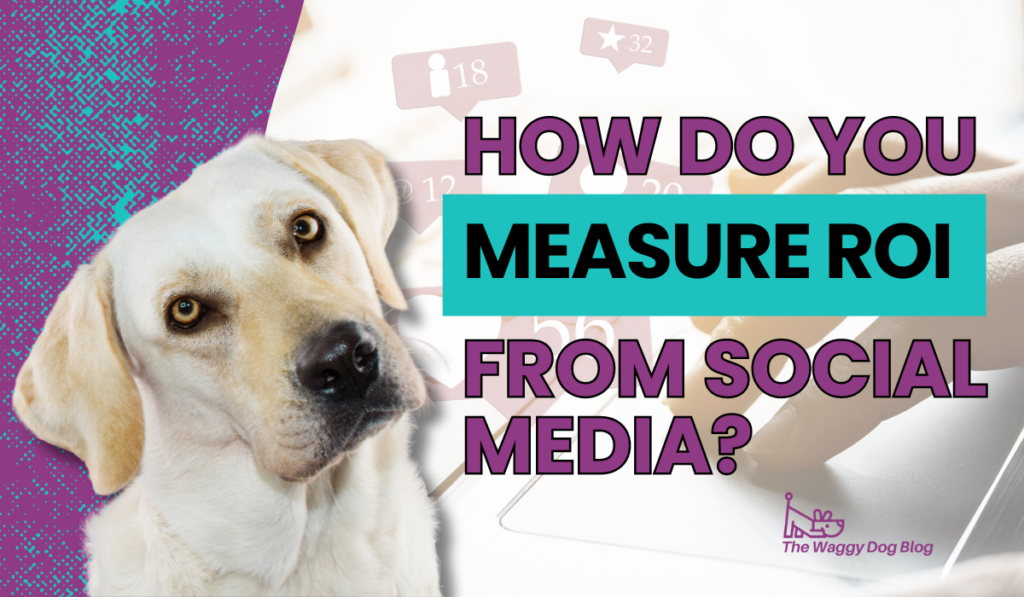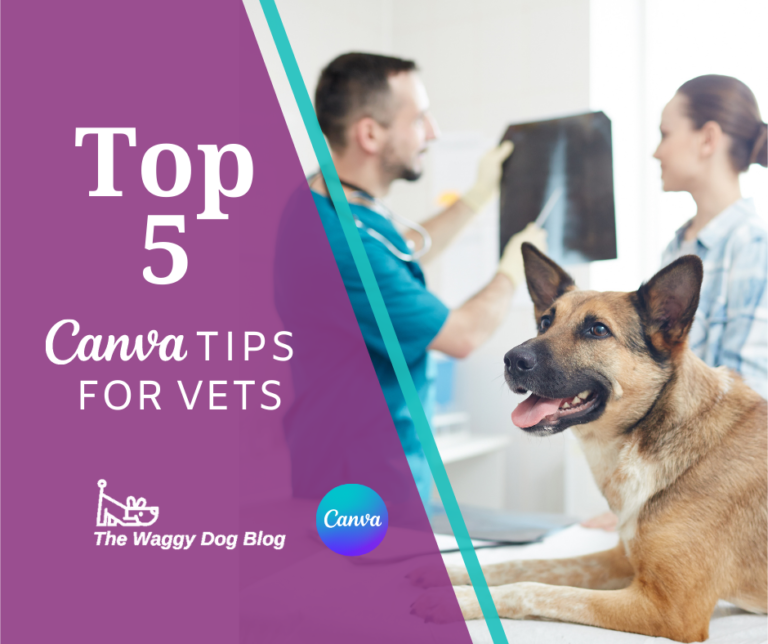
Social media has become a vital component for businesses in the pet and veterinary industries, providing a platform to engage with customers, build brand awareness and drive sales. However, simply being active on social media is not enough. To ensure that your efforts are fruitful, you must measure your return on investment (ROI). ROI, in the context of social media, refers to the value derived from social media activities compared to the resources invested, such as time, money and effort. It helps you understand the effectiveness of your social media strategies and make informed decisions about where to allocate resources.
Setting Clear Goals and Objectives
Defining specific, measurable goals ensures that you have a clear understanding of what you aim to achieve and how to track your progress. Common social media goals include:
- increasing brand awareness
- boosting engagement
- generating leads
- growing sales
- improving customer service
Each goal should be tailored to your business needs and include specific metrics to measure success, such as reach, engagement rates or the number of new inquiries.
Identifying Key Performance Indicators (KPIs)
KPIs are specific metrics that help you evaluate the success of your social media activities in achieving your goals. They provide tangible data that you can analyse to understand what is working and where improvements are needed.
Common KPIs for social media ROI include:
- Reach
- Engagement
- Click-through rate (ads)
- Conversions (ads)
These metrics help you assess the visibility of your content, the level of interaction it receives and its effectiveness in driving desired actions.
In the pet and veterinary industries, appointment bookings, product sales and client inquiries are key metrics that can directly impact your business’s bottom line.

Using Analytics Tools
Regular monitoring and analysis of your data are crucial for identifying trends, understanding audience behaviour and making informed decisions to continually optimise your social media strategy.
Free-to-use native platform analytics such as Meta Insights and Google Analytics are great for tracking website traffic and conversions from social media. There are also paid third-party tools such as Hootsuite, Sprout Social and Buffer. These tools provide detailed data on your social media activities, helping you understand how your content is performing and how your audience is engaging with it.
Calculating Social Media ROI
Paid Advertising Campaigns
Calculating social media ROI on paid advertising campaigns is much simpler, as it is easier to calculate your returns and investments. The basic formula to calculate ROI is:
(Return – Investment) / Investment x 100
To apply this formula, first, identify your returns. This can include revenue generated from:
- social media-driven sales
- the monetary value of leads acquired
Then identify your investments:
- Time
- Resources
- Content production costs
Day-to-Day Posts
Calculating ROI for non-specific campaigns, such as general day-to-day social media posts, can be more challenging however, since the returns are less directly measurable compared to specific campaigns. However, you can still gauge the effectiveness of these ongoing activities by focusing on more qualitative and indirect metrics such as:
- Engagement metrics (likes, comments, shares)
- Audience growth (new followers)
- Brand awareness
- Website traffic
While these returns are less directly measurable, it is possible to estimate their monetary value based on historical data or industry standards.
(There is a method for assigning dollar values to these standards, but that’s a whole other topic and quite complicated. If you’d like to know more you are welcome to drop me an email!)
Measuring Qualitative Benefits
Although the ROI for day-to-day posts might not always show a positive return immediately, it is essential to consider the long-term benefits of increased brand awareness and customer engagement, which can lead to future sales and loyalty. Regularly analysing and adjusting your strategy will enhance the effectiveness of your social media efforts.
You could assess the qualitative benefits through:
- Surveys
- Customer feedback
By evaluating the return on your social media activities, you can justify your expenditures, optimise your strategies and align your efforts with your overall business objectives. This not only helps in making informed decisions but also ensures that you are making the most out of your social media presence.
Have you successfully calculated the ROI on your social media? I’d love to know more, so please send me an email.




